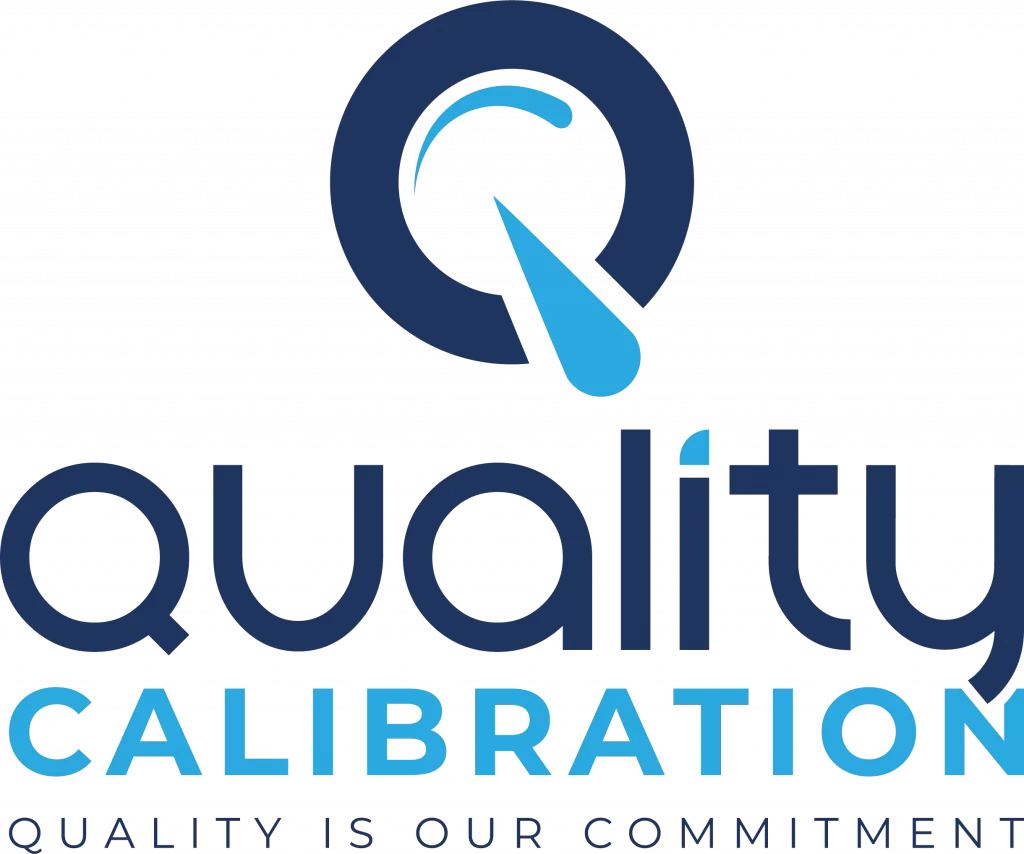Calibration laboratories play a crucial role in various industries, ensuring the accuracy and reliability of measurement instruments. However, they are not immune to risks. In this article, we will delve into the importance of risk assessment in calibration laboratories, highlighting its significance in maintaining precision and safety.
Understanding Calibration Laboratories
Before we dive into risk assessment, let’s have a brief understanding of what calibration laboratories are and their role in different sectors.
Calibration laboratories are facilities equipped with specialized instruments and skilled technicians responsible for evaluating and adjusting measurement instruments such as thermometers, pressure gauges, and spectrometers. These instruments are used in diverse fields, including manufacturing, healthcare, aerospace, and environmental monitoring.
Why Risk Assessment Matters
Risk assessment is a systematic process that helps identify potential hazards, evaluate their impact, and implement preventive measures to minimize or eliminate risks. In calibration laboratories, risk assessment is essential for several reasons:
1. Ensuring Accuracy
Precision is paramount in calibration. Any deviation in measurements can have far-reaching consequences, especially in fields where safety and compliance are critical. By conducting risk assessments, laboratories can identify factors that might affect measurement accuracy, such as equipment malfunction or operator error, and take preventive actions.
2. Compliance with Standards
Calibration laboratories must adhere to strict industry standards and regulations. Failing to meet these requirements can result in legal consequences and reputational damage. Risk assessments help laboratories identify compliance gaps and take corrective actions to meet these standards consistently.
3. Safety First
Safety is a top priority in any laboratory setting. Risk assessments help identify potential safety hazards, such as chemical exposure, electrical risks, or ergonomic issues. By addressing these risks proactively, laboratories can create a safer work environment for their personnel.
4. Resource Optimization
Efficiency and resource management are vital in calibration laboratories. Conducting risk assessments can highlight areas where resources, such as time and equipment, can be optimized, leading to cost savings and improved productivity.
Steps in Risk Assessment
Now that we understand why risk assessment is crucial, let’s break down the steps involved in conducting one in a calibration laboratory:
1. Identification of Hazards
The first step is to identify potential hazards. This includes examining equipment, processes, and human factors that could impact measurement accuracy or safety.
2. Risk Evaluation
Once hazards are identified, they need to be assessed for their severity and likelihood of occurrence. This evaluation helps prioritize which risks require immediate attention.
3. Implementing Controls
After identifying and evaluating risks, calibration laboratories need to implement controls or preventive measures. This may involve equipment maintenance, staff training, or process improvements.
4. Monitoring and Review
Risk assessment is not a one-time process. It should be ongoing, with regular monitoring and review to ensure that controls remain effective and new risks are addressed promptly.
Embracing Technology in Risk Assessment
In today’s digital age, calibration laboratories can harness the power of technology for more efficient risk assessment. Software solutions, integrated data management systems, and artificial intelligence can streamline the process, making it more accurate and responsive.
Bottom Line
In conclusion, risk assessment in calibration laboratories is a critical component of ensuring precision and safety. By identifying and mitigating potential hazards, calibration laboratories can maintain accuracy, comply with industry standards, prioritize safety, and optimize resources. Embracing technology can further enhance the effectiveness of risk assessment processes, contributing to the overall success and reliability of calibration services. Remember, in the world of measurements, precision and safety go hand in hand, and risk assessment is the key to achieving both.
So, whether you’re working in a calibration laboratory in Bangladesh or relying on their services, you can rest assured that your measurements are not only accurate but also backed by a commitment to safety and excellence.

Md. Hasan Ibrahim is a Technical Manager at Quality Calibration with extensive experience in the calibration sector since 2015. Holding a Bachelor of Science degree in Mechanical Engineering from Khulna University of Engineering & Technology (KUET), he has received training from various national and international organizations including CSIR-CMERI, QSI, BAB, NML-BSTI, memmert, and X-rite. With expertise in ISO/IEC 17025 assessment, method validation, metrological traceability, and uncertainty, he has successfully completed numerous calibration projects across diverse industries such as pharmaceuticals, food & beverage, oil & gas, textiles & garments, power plants, batteries, chemicals, hospitals & healthcare, and private universities.


